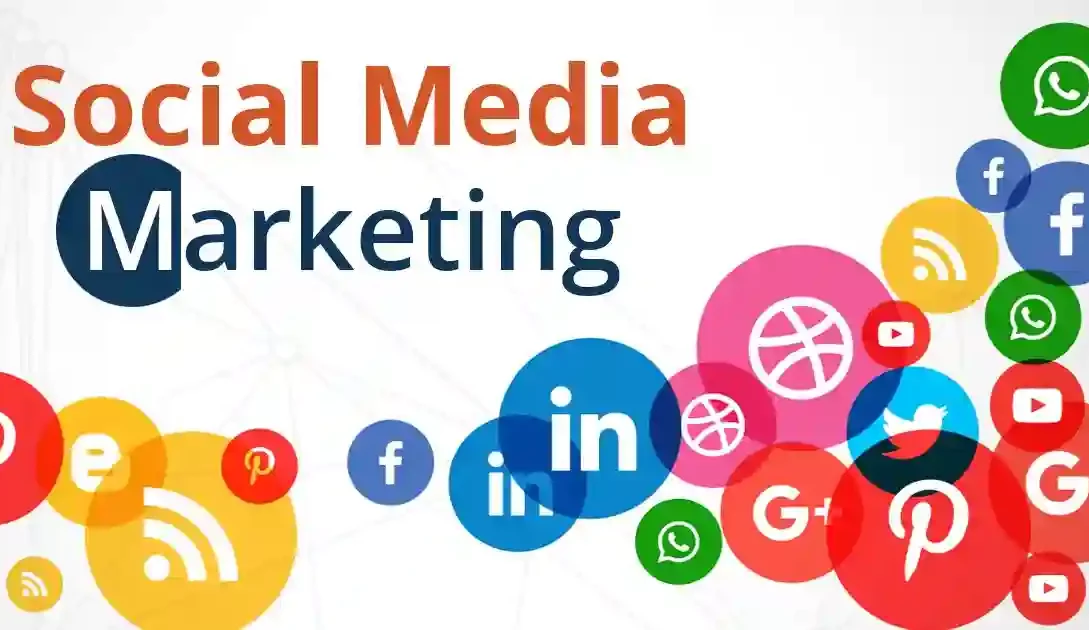Hey there, fellow entrepreneur! If you’re looking to supercharge your business growth, you’ve come to the right place. In today’s digital age, social media is more than just a platform for sharing cat memes and vacation photos. It’s a goldmine for businesses seeking to expand their reach, connect with their audience, and boost their bottom line. In this article, we’ll dive deep into the world of social media marketing strategies that can propel your business to new heights.
Why Social Media Matters for Business Growth
Before we jump into the strategies, let’s talk about why social media is a game-changer for businesses. Here are some compelling reasons:
- Massive User Base: Social media platforms boast billions of active users worldwide. It’s a colossal audience waiting to discover your products or services.
- Targeted Advertising: Social media platforms offer advanced targeting options. You can reach specific demographics, interests, and behaviors, ensuring your message reaches the right people.
- Engagement and Interaction: Social media isn’t a one-way street. It allows for real-time interaction with your audience. You can respond to comments, answer questions, and build a community around your brand.
- Brand Visibility: Consistent presence on social media increases your brand’s visibility. When people see your content regularly, they’re more likely to remember and trust your brand.
- Cost-Effective: Compared to traditional advertising, social media marketing can be incredibly cost-effective. You can start with a small budget and scale up as you see results.
Now, let’s delve into the strategies that can harness the power of social media for your business growth:
1. Define Your Goals and Audience
Before you start posting cat memes or sharing your product catalog, define your goals and know your audience like the back of your hand. Are you looking to increase brand awareness, drive website traffic, generate leads, or boost sales? Knowing your objectives will guide your social media strategy.
Equally important is understanding your target audience. Create detailed buyer personas that outline their demographics, interests, pain points, and online behavior. This information will help you tailor your content to resonate with your audience.
2. Choose the Right Platforms
Not all social media platforms are created equal. Your audience might hang out on Facebook, Instagram, Twitter, LinkedIn, or TikTok. Each platform has its own vibe and user base. Research where your audience is most active and tailor your efforts accordingly. It’s better to excel on one or two platforms than to spread yourself too thin.
3. Create Valuable Content
Content is the heart and soul of social media marketing. Your content should educate, entertain, inspire, or solve a problem for your audience. It can take various forms:
- Blog Posts: Share informative articles related to your industry.
- Visual Content: Use images, infographics, and videos to grab attention.
- User-Generated Content: Encourage your customers to create content about your products or services.
- Live Videos: Host live Q&A sessions, product demonstrations, or behind-the-scenes tours.
Remember to maintain a consistent posting schedule to keep your audience engaged. Quality matters more than quantity, so focus on creating content that resonates with your audience.
4. Leverage Visual Storytelling
Humans are visual creatures, and social media platforms are perfect for visual storytelling. Use eye-catching images, videos, and infographics to convey your brand’s story and message. Visual content is more likely to be shared and can significantly boost engagement.
5. Engage and Interact
Social media is not a one-way street. Don’t just talk at your audience; engage with them. Respond to comments, messages, and mentions promptly. Encourage discussions, ask questions, and run polls or surveys to involve your audience in the conversation.
Building relationships with your followers can turn them into loyal customers and advocates for your brand. Remember, people buy from brands they trust.
6. Paid Advertising
While organic reach is valuable, consider investing in paid advertising to reach a wider audience. Most social media platforms offer robust advertising options, including:
- Facebook Ads: Target specific demographics, interests, and behaviors.
- Instagram Ads: Utilize captivating visuals to showcase your products.
- LinkedIn Ads: Reach a professional audience for B2B marketing.
- Twitter Ads: Promote tweets to expand your reach.
- YouTube Ads: Create video ads to engage users on the world’s second-largest search engine.
Paid advertising allows for precise targeting, allowing you to reach potential customers with high conversion potential.
7. Track and Analyze Results
To ensure your social media efforts are paying off, track and analyze your performance regularly. Use the analytics tools provided by each platform to measure key metrics like engagement, click-through rates, conversion rates, and return on investment (ROI).
Based on your findings, adjust your strategy accordingly. Focus more on what’s working and refine or eliminate what’s not.
8. Collaborate and Partner
Consider collaborating with influencers or complementary businesses in your industry. Influencer marketing can expose your brand to a broader audience and build trust through endorsements.
Partnerships with other businesses can lead to joint marketing efforts, expanding your reach even further. Cross-promotions, giveaways, or co-hosted events are excellent ways to leverage partnerships.
9. Stay Consistent and Adapt
Consistency is key in social media marketing. Don’t expect instant results; building a solid presence takes time. Stick to your posting schedule, respond to your audience, and adapt to changing trends and algorithms.
Social media is a dynamic space, and what works today might not work tomorrow. Be agile and ready to pivot your strategy when necessary.
10. Monitor Your Competition
Keep an eye on what your competitors are doing on social media. Analyze their strategies, content, and engagement tactics. While you shouldn’t copy them, you can gain insights into what’s working in your industry and identify gaps you can fill.
In conclusion, social media marketing is a powerful tool for business growth in the digital age. When executed strategically and consistently, it can expand your brand’s reach, engage your audience, and drive real results. So, roll up your sleeves, craft a killer social media strategy, and watch your business thrive in the world of social media. The digital landscape is waiting for you to make your mark!










